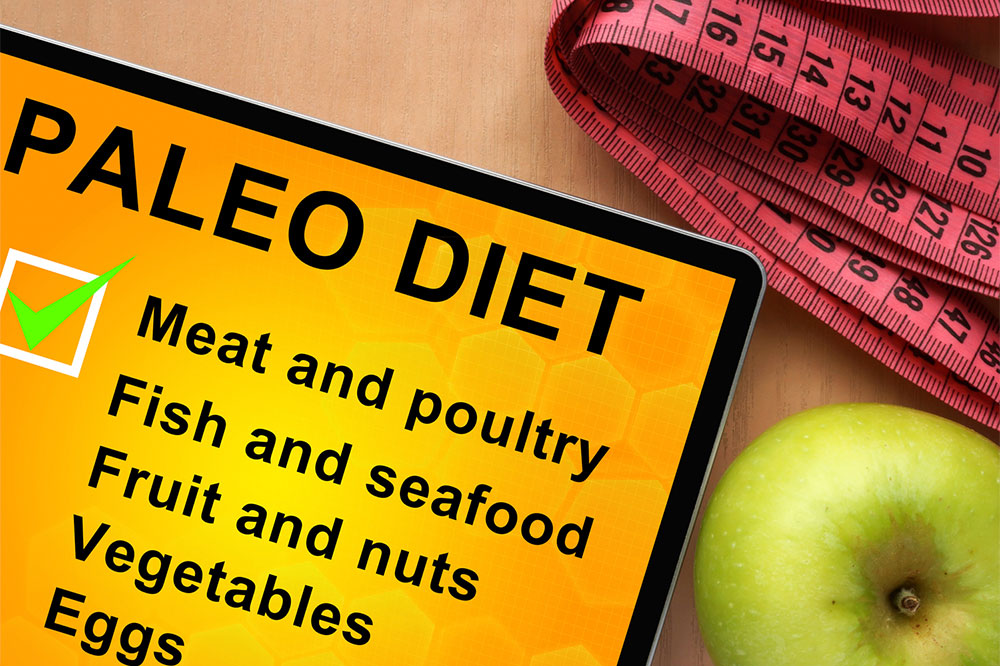Things to Know About the Paleo Meal Plan
Nutrition enthusiasts on the internet develop new food regimens every other week. While some work, others are utterly harmful to the body. Only a few meal plans have been out there for very long, and one of those is paleo. Many people have taken to the paleo lifestyle and find it helpful. If you, too, are considering the same, you must know everything about paleo and only then decide whether it’s right for you.

What is paleo?
The idea behind a paleo meal plan is to eat similar foods that the human hunter-gatherers ate thousands of years ago. The paleo community believes that the human body is ill-suited to modern-day foods that emerged from farming practices. According to their theory, farming brought new foods like dairy, grains, and legumes and quickly made them staples, not giving the human body sufficient time to adapt to these changes. And that’s the reason, they believe, lifestyle diseases like type 2 diabetes and heart disease have become widespread. While it’s almost impossible to know precisely what the meals of our ancestors looked like in different regions and cultures around the world, researchers think they consisted of whole, unprocessed foods.
What to eat
There’s no single “right” paleo meal plan out there. Paleolithic humans ate whatever was available when they existed. That means meals of some Paleolithic humans were low in carbs and high in animal meat, while others had high-carb meals with foods sourced primarily from plants. Based on this, a paleo meal plan typically includes:
Vegetables like spinach, kale, broccoli, carrots, cucumbers, beets, and asparagus
Fruits like apples, bananas, berries, oranges, pomegranates, and avocados
Nuts and seeds like walnuts, almonds, pistachios, chia seeds, flax seeds, and pumpkin seeds
Meat like beef, pork, lamb, bison, and venison.
Poultry like chickens, turkeys, ducks, and quails
Eggs from chickens, turkeys, ducks, quails, and others
Fish and seafood like salmon, tuna, mackerel, crab, lobsters, shrimp, and clams
Herbs and spices like basil, ginger, turmeric, salt, thyme, and pepper
Healthy oils like olive oil, flaxseed oil, and walnut oil
Dark chocolate with at least 70% cocoa
What to avoid
When it comes to excluding foods from a paleo meal plan, think of foods that were not readily available to Paleolithic humans or foods that didn’t exist, like highly processed foods. Here’s a list of foods to avoid:
Sugary foods and beverages like candy, pastries, cakes, ice cream, soft drinks, and fruit juices
Grains like wheat, rye, rice, barley, and oats
Dairy products like milk, cheese, yogurt, butter, and cottage cheese
Legumes like beans, peas, lentils, peanuts, and soy
Fatty foods like French fries, fried chicken, margarine, and donuts
Processed and cured meats like bacon, deli meats, and hot dogs
Artificial sweeteners like aspartame and sucralose
Sample paleo meal plan for a day
If you haven’t tried paleo before or are a beginner, you might want to know what a day of eating looks like for those who follow a paleo lifestyle. Whether you decide to do a seven-day paleo or attempt a 30-day paleo challenge, your meals will look somewhat like this:
Breakfast would include eggs fried in coconut oil, turkey bacon, berries, and coffee (coffee is largely acceptable in paleo).
Basil avocado chicken salad for lunch.
Snacks would include oranges, carrot sticks, or celery sticks.
Dinner would consist of steak, sweet potato with olive oil, and asparagus.
It’s crucial to remember that paleo emphasizes staying well-hydrated and being physically active every day.
Benefits
Over the years, numerous studies and surveys have been conducted to understand the efficacy of paleo. The mean plan seems to work. Some studies have highlighted potential benefits like reduced calorie intake, improved insulin sensitivity, better blood pressure control, healthy cholesterol levels, lower triglycerides, enhanced appetite management, and increased life expectancy.
One of the main reasons paleo meal plans are considered healthy is that they eliminate or significantly reduce unhealthy fats (trans fats), which have been linked to a range of serious health conditions, such as type 2 diabetes, heart disease, stroke, and even various forms of cancer. Also, when people switch to a paleo lifestyle, they often increase their fiber intake with more veggies and fruits. Fiber is crucial for gastrointestinal health and overall inflammation levels.
Risks and side effects
Indeed, paleo is healthy. But, like almost every other lifestyle, it has its downsides and may not be suitable for everyone. So it’s vital to be aware of various potential risks of a paleo lifestyle before embracing it.
Paleo meal plans tend to be low in carbohydrates, which can reduce your energy levels and make you feel tired. Also, since this meal plan restricts dairy, which is high in calcium and vitamin D, it can lead to poor bone health. Furthermore, paleo promotes red meat intake. Red meats are full of saturated fats, and too much of this type of fat can increase the risk of kidney disease, heart disease, and even bowel cancer.